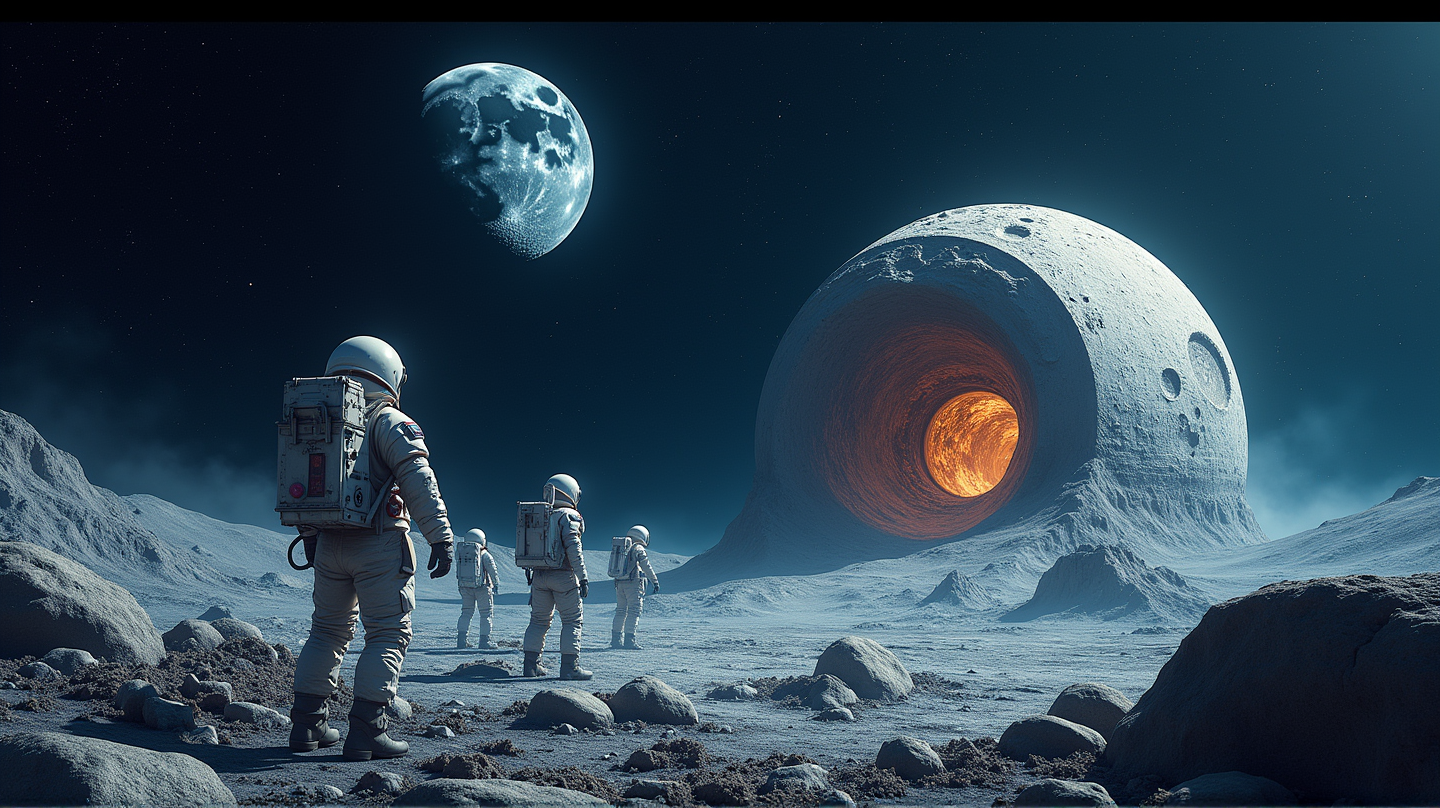NASA and Russia-China in a High-Stakes Race for Lunar Nuclear Power
The new space race intensifies as NASA vies to eclipse the Russia-China alliance in deploying the first lunar nuclear reactor by 2030.

The echoes of the historic Space Race of the 1960s resonate once again as NASA sets its sights on a new target: establishing a nuclear reactor on the Moon before its rivals, Russia and China. This renewed fervor is more than just racing against time; it is about staking a claim in what could be humanity’s most ambitious celestial endeavor yet.
Aiming for the Moon: NASA’s Bold Directive
The quest for lunar dominance has seen NASA accelerating its timeline to place a nuclear reactor on the moon by the end of this decade. With directives from the acting administrator Sean Duffy, NASA’s efforts focus on harnessing nuclear energy, providing the power needed to support future colonies and operations beyond Earth. According to EurAsian Times, this initiative is crucial for establishing permanent lunar habitats.
Technological Leaps and Challenges
Summer brings two weeks of relentless solar energy, followed by a cold, sunless fortnight. This lunar pattern poses a challenge that cannot be met by solar power alone, necessitating a more reliable and constant energy source. Dr. Sungwoo Lim highlights the importance of nuclear energy, stating, “Nuclear energy is not just desirable, it is inevitable.” NASA is now scouting for proposals, eyeing a 100-kilowatt reactor to launch by 2030.
The Russia-China Lunar Ambitions
On the other side, the Russia-China partnership isn’t holding back. Roscosmos and the CNSA have laid the groundwork for their reactor, aiming to deploy it by 2035 as part of the International Lunar Research Station (ILRS). This collaboration, underpinned by mutual agreements, marks a strategic joint effort to harness the Moon’s potential.
A Timetable Steeped in Competition
Despite NASA’s determination to outpace its rivals, the timeline remains a topic of intense debate. With ambitious plans for the Artemis missions to land astronauts by 2027 and have a reactor operational by 2030, experts caution against a timeline driven by political motivations rather than scientific readiness.
Expert Insights and Historical Parallels
Space exploration enthusiasts watch closely as history repeats itself in a modern contest that mirrors Cold War-era dynamics. Yet, as Dr. Simeon Barber points out, the risk lies in letting national interests overshadow the broader scientific mission of exploring our solar system. “Competition can create innovation, but if there’s a narrower focus on national interest and on establishing ownership, then you can lose sight of the bigger picture,” Barber asserts.
Conclusion: The Stakes of the Second Space Race
As both coalitions—NASA and the Russia-China group—edge towards their lunar goals, the stakes are unprecedented. The victor not only secures technological superiority but also a strategic foothold in human expansion into space. The world waits and watches, for whoever wins this lunar race will set the pace for humanity’s future among the stars.

